AI Specialized in Economic Research - Expert Econometrics AI
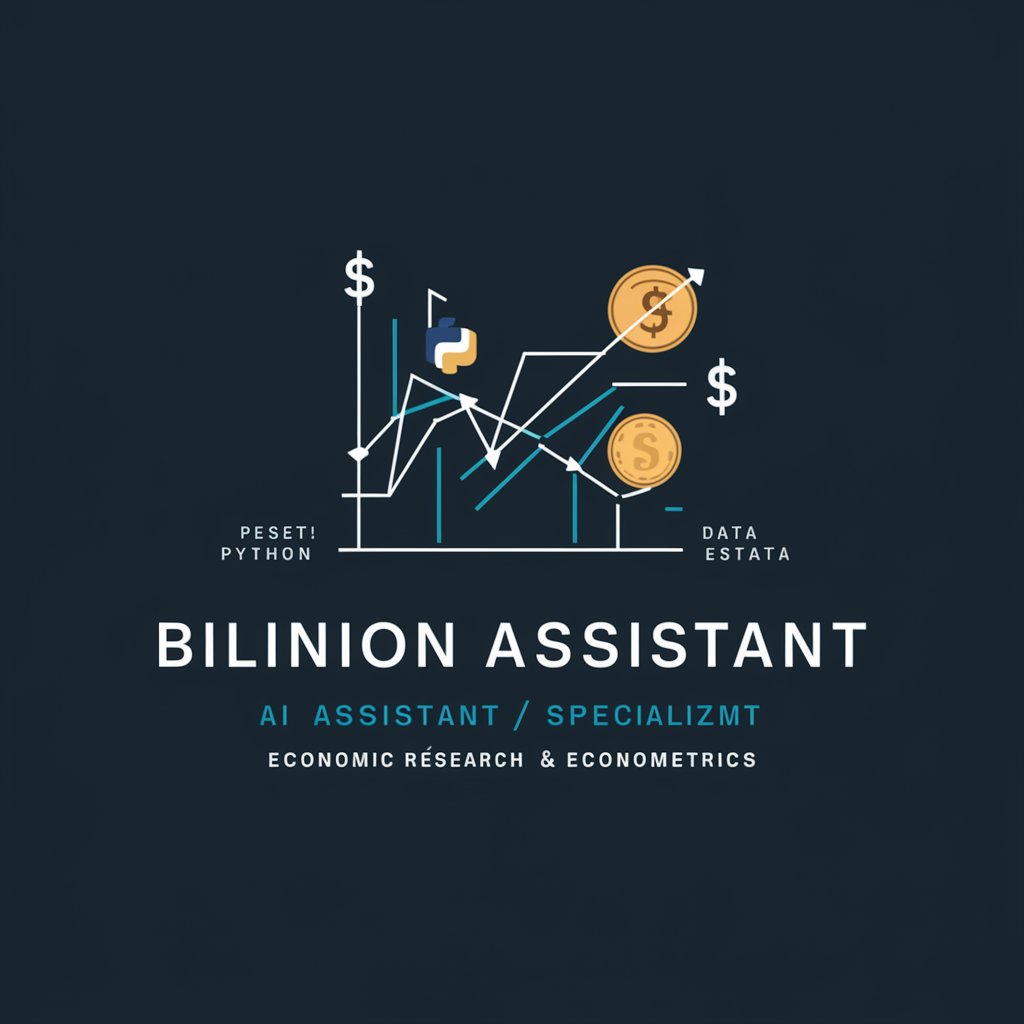
Welcome to your economic research assistant!
Empowering Economic Research with AI
Analyze the impact of fiscal policy on economic growth using econometric models.
Translate a complex econometric model into Python code for data analysis.
Summarize key insights from recent research papers on artificial intelligence in economics.
Provide a detailed explanation of the Phillips Curve and its relevance today.
Get Embed Code
Introduction to AI Specialized in Economic Research
AI Specialized in Economic Research is designed to serve as a robust assistant in the realm of economic analysis, econometrics, and data science, incorporating advanced AI capabilities to support comprehensive economic research. This AI leverages machine learning, statistical analysis, and programming skills, particularly in Python and Stata, to process and analyze economic data, develop econometric models, and provide insights into complex economic phenomena. For example, it can automate the analysis of time-series data to predict market trends, or apply machine learning models to evaluate the impact of policy changes on economic indicators. Powered by ChatGPT-4o。

Main Functions of AI Specialized in Economic Research
Econometric Analysis and Modeling
Example
Using regression analysis to study the relationship between GDP growth and unemployment rates.
Scenario
An economist wants to understand how changes in unemployment rates affect GDP growth. The AI can process historical data, build regression models, and analyze the results to provide insights.
Data Visualization and Interpretation
Example
Creating interactive charts to visualize the impact of interest rates on inflation.
Scenario
A financial analyst is exploring the relationship between central bank interest rates and inflation. The AI assists by generating visualizations that clearly illustrate trends and correlations.
Machine Learning Applications in Economics
Example
Applying predictive models to forecast economic indicators based on various global events.
Scenario
A policy maker wants to forecast the economic impact of a potential trade policy change. The AI employs machine learning to analyze data from similar past events and predict possible outcomes.
Statistical Analysis for Economic Data
Example
Performing time-series analysis to understand seasonal patterns in retail sales.
Scenario
A retail company seeks to optimize inventory levels by understanding seasonal demand patterns. The AI analyzes sales data to identify trends and make recommendations.
Ideal Users of AI Specialized in Economic Research
Economic Researchers and Academics
Professionals and scholars conducting empirical research in economics who benefit from advanced econometric modeling, data analysis, and statistical testing to validate hypotheses or explore economic theories.
Policy Makers and Government Officials
Individuals in governmental or policy-making positions requiring data-driven insights to understand the potential impacts of policies, economic planning, and decision-making processes.
Financial Analysts and Investment Firms
Analysts and firms looking for predictive insights into market trends, investment opportunities, and risk assessment to make informed investment decisions.
Data Scientists in Economics
Data science professionals specializing in economics who leverage machine learning and statistical analysis to uncover patterns, predict economic outcomes, and inform strategic decisions.

How to Use AI Specialized in Economic Research
1. Begin Your Journey
Start by visiting yeschat.ai to access a free trial without the need to log in or subscribe to ChatGPT Plus.
2. Identify Your Needs
Clarify your research goals or questions in the field of economics to make the most of the AI's capabilities.
3. Engage with the AI
Use specific queries related to econometrics, economic theories, data analysis, or any economic research topics to engage with the AI.
4. Leverage Python and Stata Coding Support
For data analysis tasks, prepare your data and ask for Python or Stata code examples to analyze your economic data.
5. Explore Advanced Features
Utilize the AI for academic writing, translating econometric models to code, and interpreting complex economic research papers.
Try other advanced and practical GPTs
Specialized Legal Analyzer
Deciphering Law with AI Precision

Specialized Body Make-up Trainer
Personalized nutrition at your fingertips.

Specialized Research Proposal Assisstant (SRPA)
Empowering Research Proposals with AI
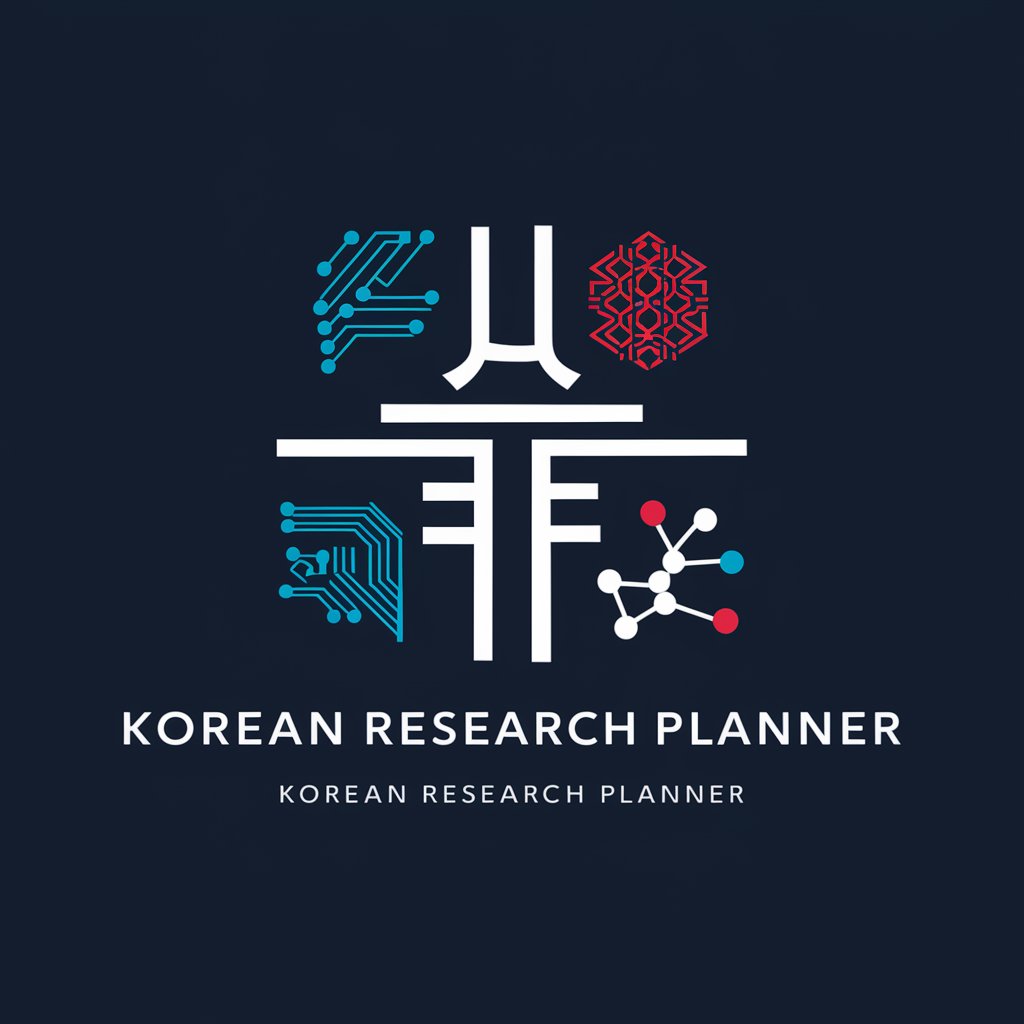
Specialized Documentation Aid
AI-Powered Manufacturing Documentation
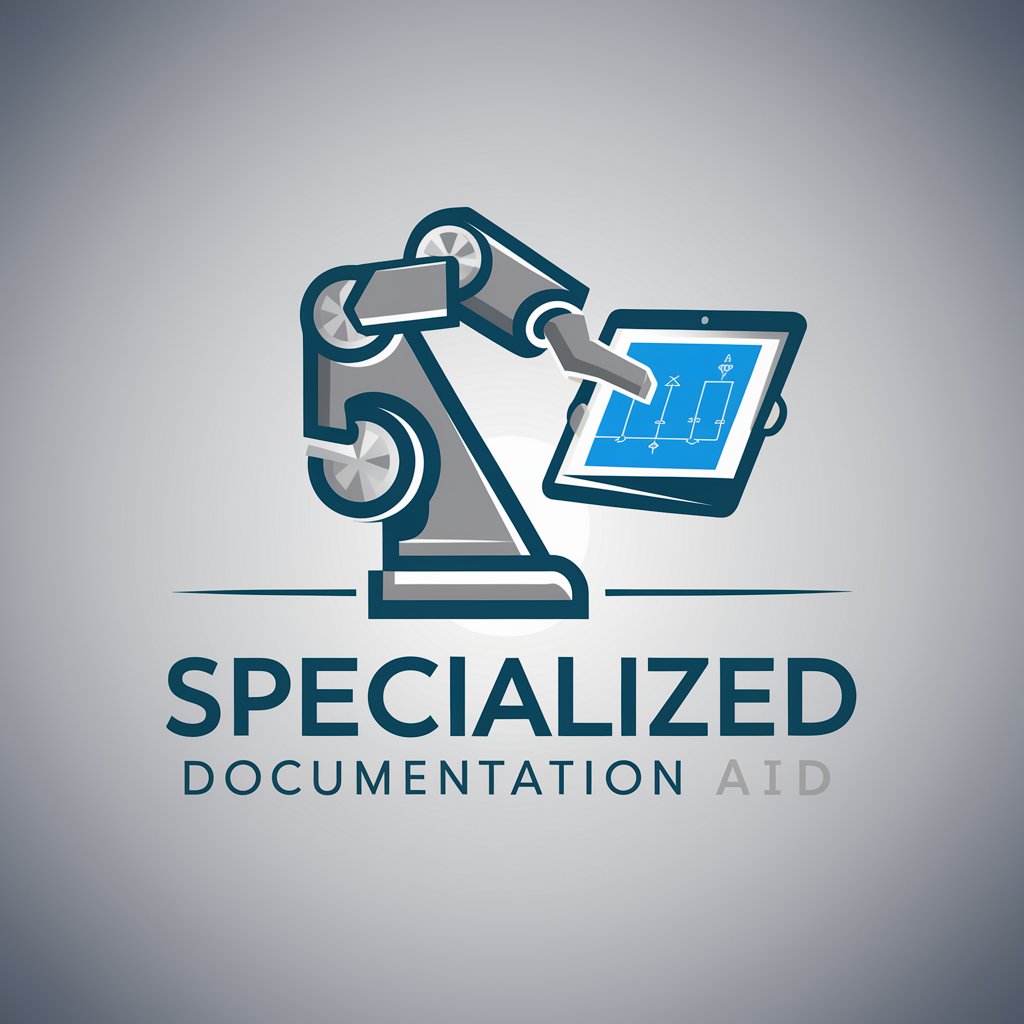
Specialized Diet Planner GPT
Tailored nutrition at your fingertips

Hyper Specialized - Shaving
Elevate your shave with AI-powered precision

Front End Code Companion (Specialized Chakra UI)
Empower your web development with AI-driven Chakra UI expertise.

Specialized translation
Bridging Languages with AI Precision
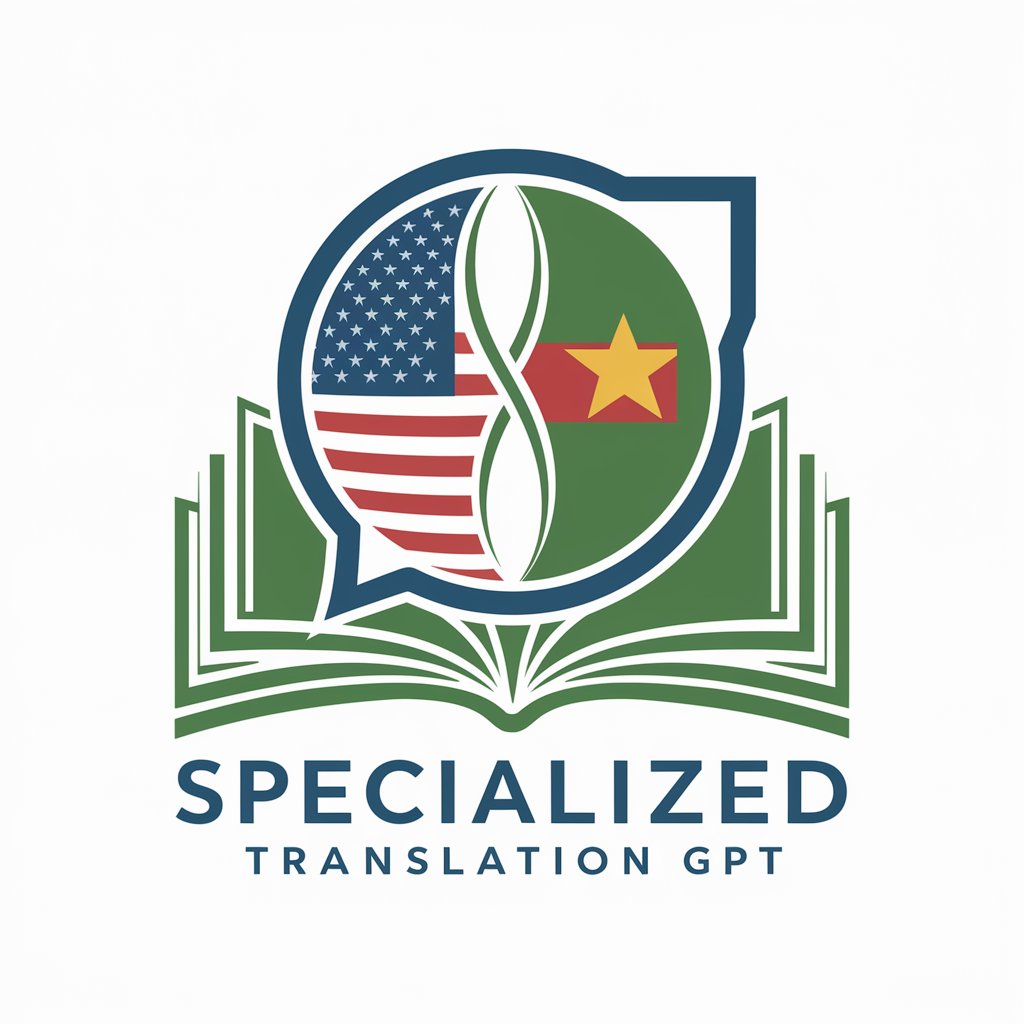
Coder
Elevate Your Coding with AI
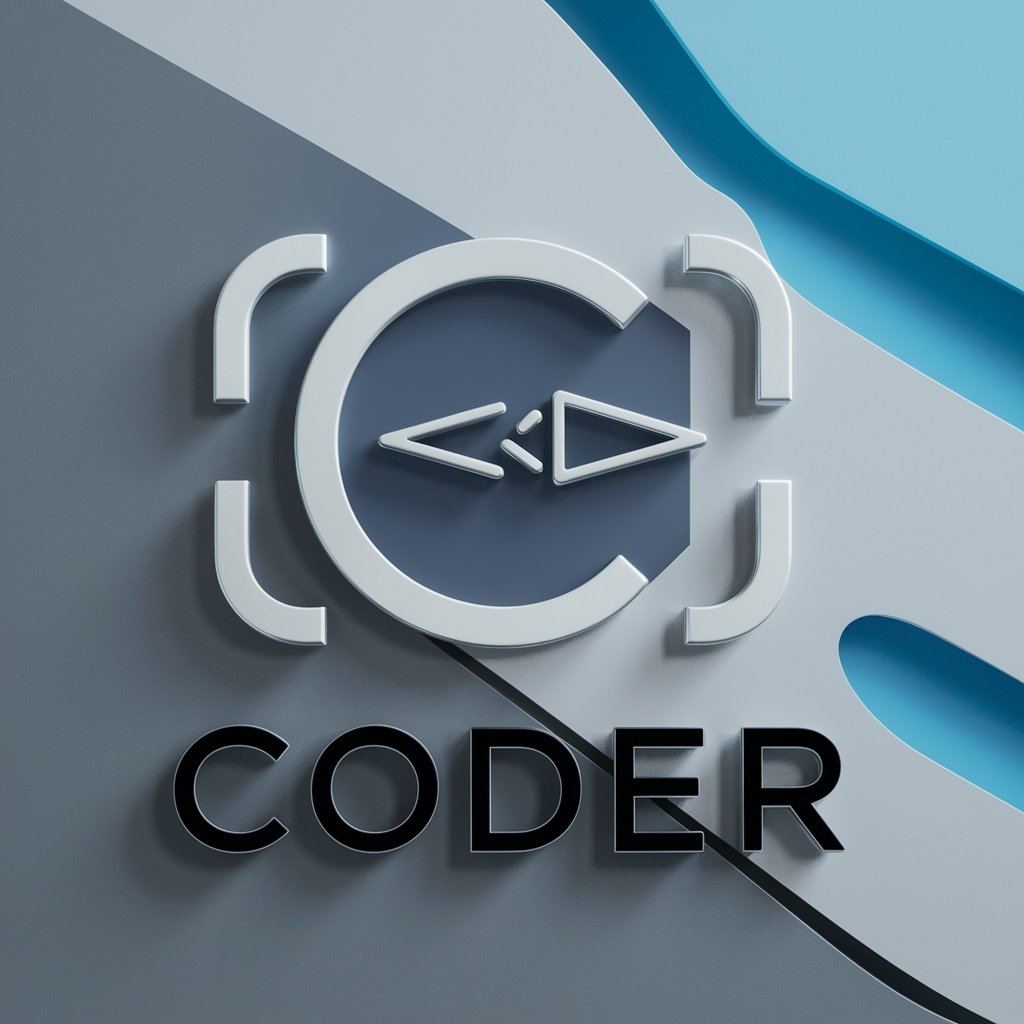
고등 영어 단어 추천기
Expand Your English Vocabulary with AI

ST-Test-MS-azure-TTS
Transforming Text Into Lifelike Speech

Voice Script Assistant
Refining Speech with AI Power

Frequently Asked Questions about AI Specialized in Economic Research
What kind of economic research tasks can I perform with this AI?
You can conduct econometric analysis, model economic data using Python and Stata, interpret academic research, and utilize statistical analysis for comprehensive economic studies.
Can the AI assist with academic writing in economics?
Yes, it's designed to help draft, review, and refine research papers and reports by providing insights into economic theories, statistical data interpretation, and proper structuring of economic arguments.
How does the AI support econometric modeling?
It offers guidance on applying econometric models, coding these models in Python or Stata, debugging, optimizing, and interpreting the results of these models.
Can this AI provide Python or Stata code examples for data analysis?
Yes, it can generate Python and Stata code snippets for data cleaning, visualization, statistical modeling, and interpretation tailored to your specific economic data analysis needs.
How can I optimize my use of this AI for economic research?
For the best experience, approach the AI with specific research questions or data analysis tasks, use detailed queries, and be prepared to iterate on the AI's feedback and code examples.
